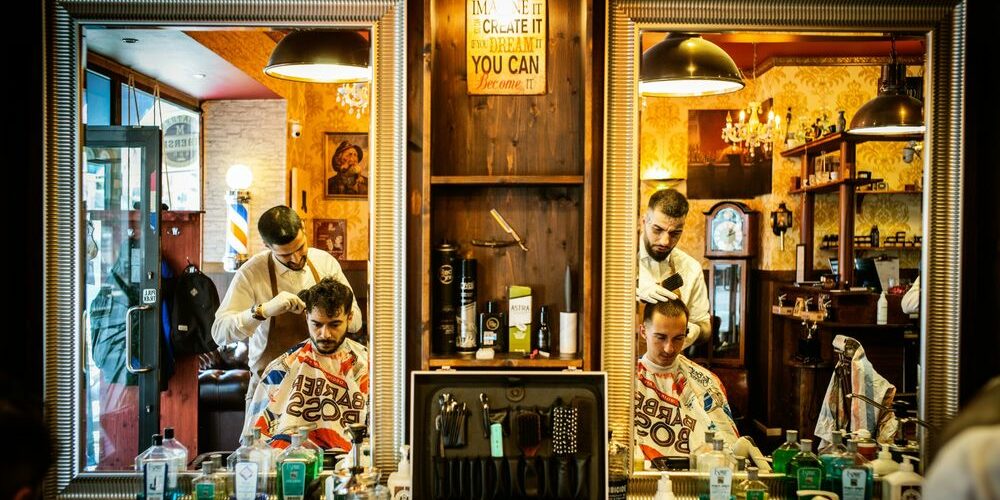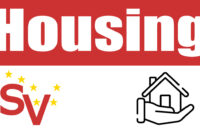If you were to do an online search for “richest countries” you would quickly find lists where Ireland features prominently, by some estimates sometimes as high as the third-richest in the entire world. At the same time you would understand anecdotally, or perhaps personally, the difficulty with which people manage their finances, sometimes living from month to month, week to week, or even day to day.
How can this be? How can so many international metrics rank Ireland so highly in terms of wealth when so many struggle? The answer is that a two-tier economy has been created in this country.
Ireland’s two-tier economy is well documented and has been the subject of international criticism and even ridicule; the term “leprechaun economics” was coined to describe our improbable gross domestic product (GDP), heavily influenced and distorted by transnational tax-avoidance strategies. GDP, as a result, was abandoned as a metric and replaced with modified gross national income (GNI*) for better measuring the reality most people live under.¹
The clearest example of this divide is in Dublin. In a lot of other cities with a similarly high cost of living this cost is balanced or mitigated by similarly high local purchasing power (wages). However, in Dublin the bottom 70 per cent find themselves living in a city with a high cost of living and low purchasing power. Cities with a high cost of living balanced with high purchasing power include Zürich, Geneva, Oslo, and most German cities. By average local purchasing power, Dublin is ranked 102nd out of 240 European cities.²
To return to GDP, Ireland is at the top in the EU (after Luxembourg) in this measure. However, average actual individual consumption (AIC) in Ireland is below the EU average.³ Some households are very well off, but most Irish households are not, and consumption rates reflect this.
There is also usually a very strong correlation between cities that have a high cost of living, high local purchasing power, and high quality of life. German, Dutch, Danish and Swiss cities usually rank at the top of lists for quality of life. Dublin ranks 50th out of 88 cities for which there is data.⁴
Anyone who lives in Dublin could probably give you a long list of reasons, but some of the more obvious are poor public transport, an overcrowded health system, and long traffic commutes. On the latter two metrics Dublin ranks 78th and 79th, respectively, out of 88.
In October the budget for 2022 announced that it would help families meet the “rising cost of living.” In real terms, this meant a cancelling out of predicted rises in the consumer price index (CPI). The CPI increases roughly at 1½ per cent annually. It does not, however, take into consideration health, rents, and child care. The latter two can rise by up to 10 per cent annually. Therefore, increased welfare payments and adjustments in income tax bands will ultimately make very little difference to the cost of living.
The only things that would bring down the actual cost of living for households would be for private household rents and the costs of child care to be radically reduced and the wages of the bottom 70 per cent of workers radically increased.
The Communist Party of Ireland and like-minded organisations have long identified housing, health and workers’ ability to bargain for better pay and conditions as the most important sites of resistance and struggle. To this end it has been involved in spearheading a Campaign for Public Housing⁵ (as well as many members taking an active part in CATU, the tenants’ union), the campaign for an All-Ireland National Health Service,⁶ and the campaign to abolish the 1990 Industrial Relations Act.⁷
We may live on an island with an abundance of wealth, but for most of us residing here we have no access to it. Workers must unite in struggle if any progress is to be achieved.
Our demands most moderate are: we only want the earth!
References
- Brad Setser, “Ireland exports its leprechaun,” Council on Foreign Relations, 11 May 2018 (https://www.cfr.org/blog/ireland-exports-its-leprechaun).
- Numbeo, “Cost of living” (https://www.numbeo.com/cost-of-living/).
- Central Statistics Office, Actual individual consumption: An international comparison, 20 July 2021 (https://www.cso.ie/en/releasesandpublications/in/aic/actualindividualconsumption-aninternationalcomparison/).
- Numbeo, “Quality of life” (https://www.numbeo.com/quality-of-life/).
- Communist Party of Ireland, “Campaign for Public Housing” (https://communistparty.ie/en/campaigns/campaign-for-public-housing/).
- Facebook, Campaign for an All-Ireland National Health Service (https://www.facebook.com/CampaignAINHS/).
- Trade Union Left Forum (http://www.tuleftforum.com/campaigns-2/).






